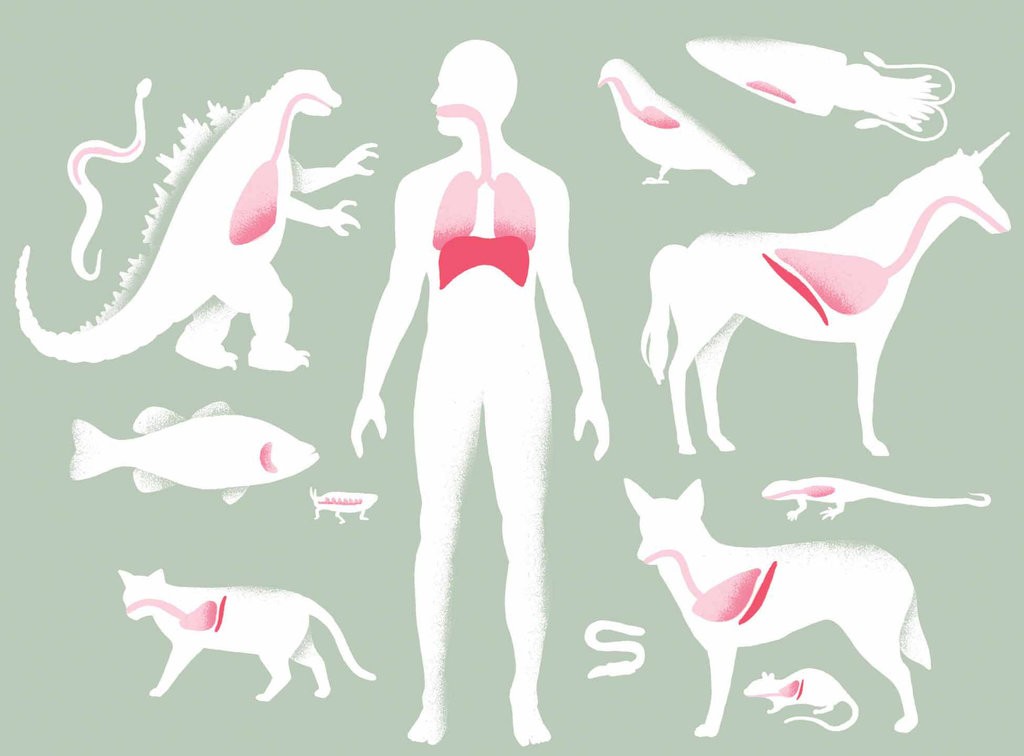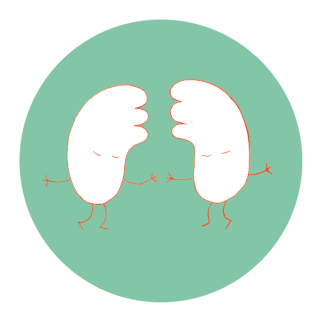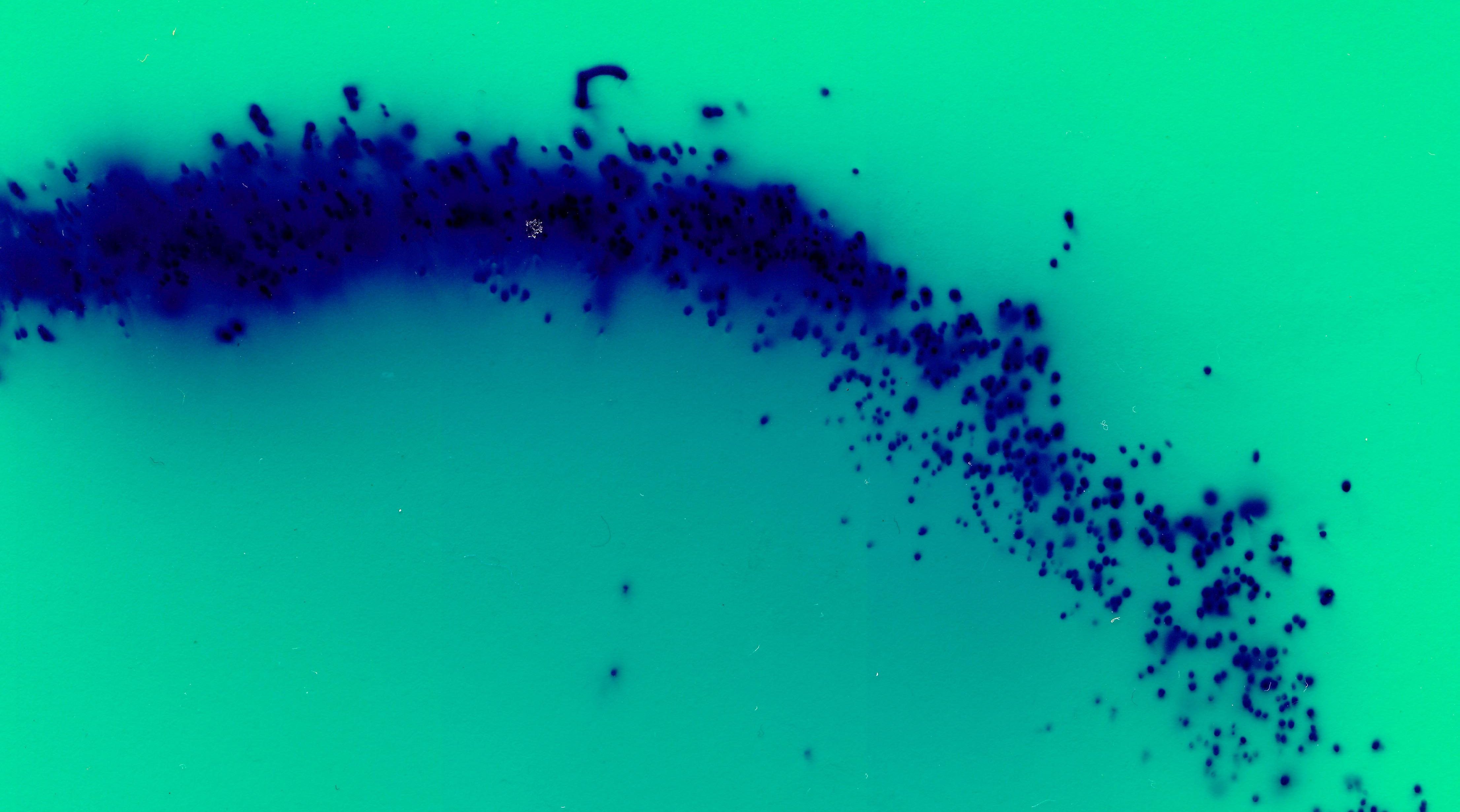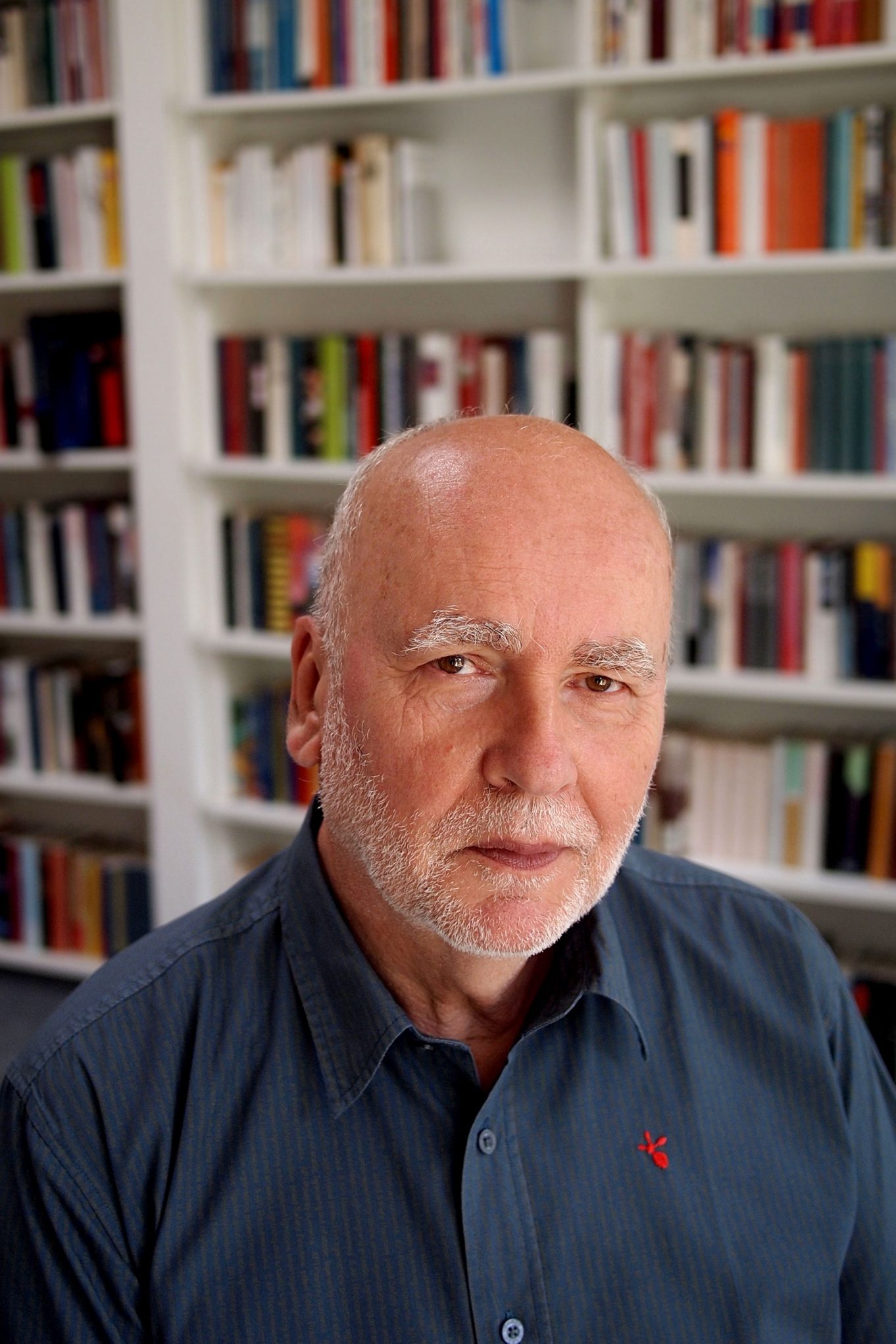In his article „The First Step to Healthy Breathing“ Dennis Lewis, one of my favourite breath teachers, focusses on the causes and effects of unnecessary tension and how they relate to breathing. I‘ve taken the liberty to highlight the sections where he addresses this directly.
“The First Step To Healthy Breathing
The first step to healthy breathing is to become conscious of how we actually breathe. From the perspective of the world’s great spiritual traditions, our breath not only brings needed oxygen and other gases to the physical body, but it can also bring, when we are conscious of it, the finer energies (prana, chi, and so on) needed to help nourish our higher bodies–the subtle body, causal body, and so on. Whatever we may believe about our soul and spirit, our breath, and how we breathe, is intimately connected with all aspects of our being. Read More









